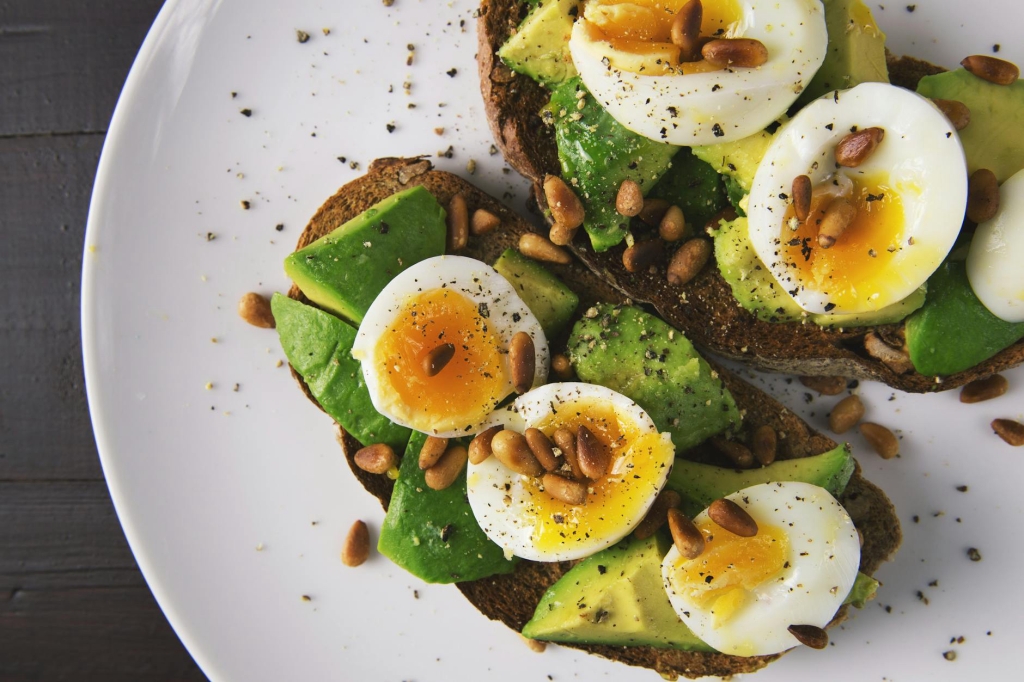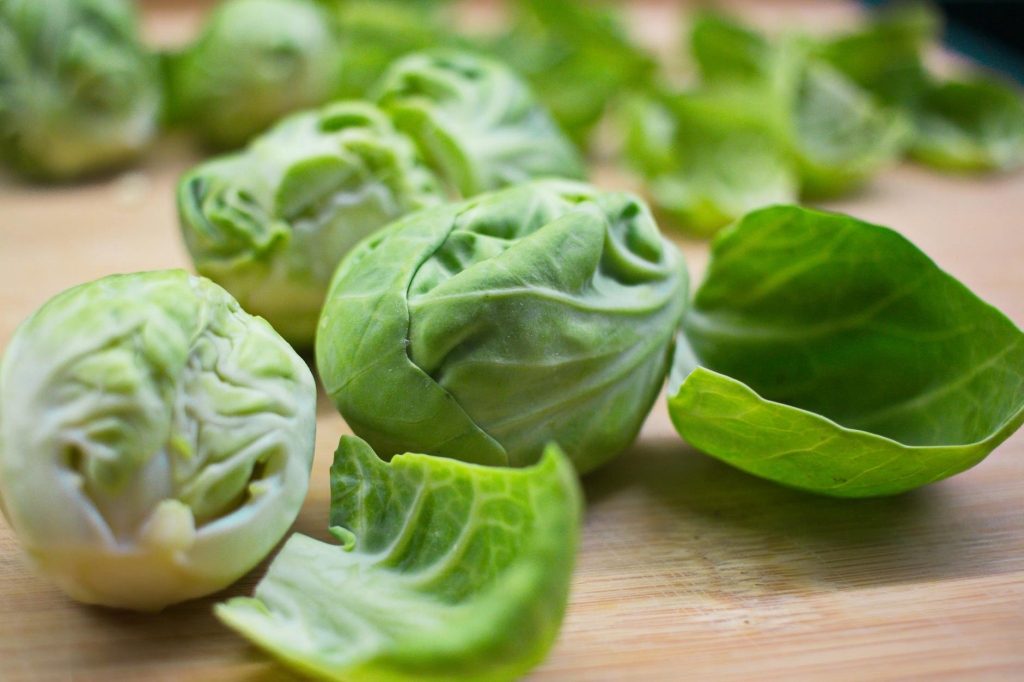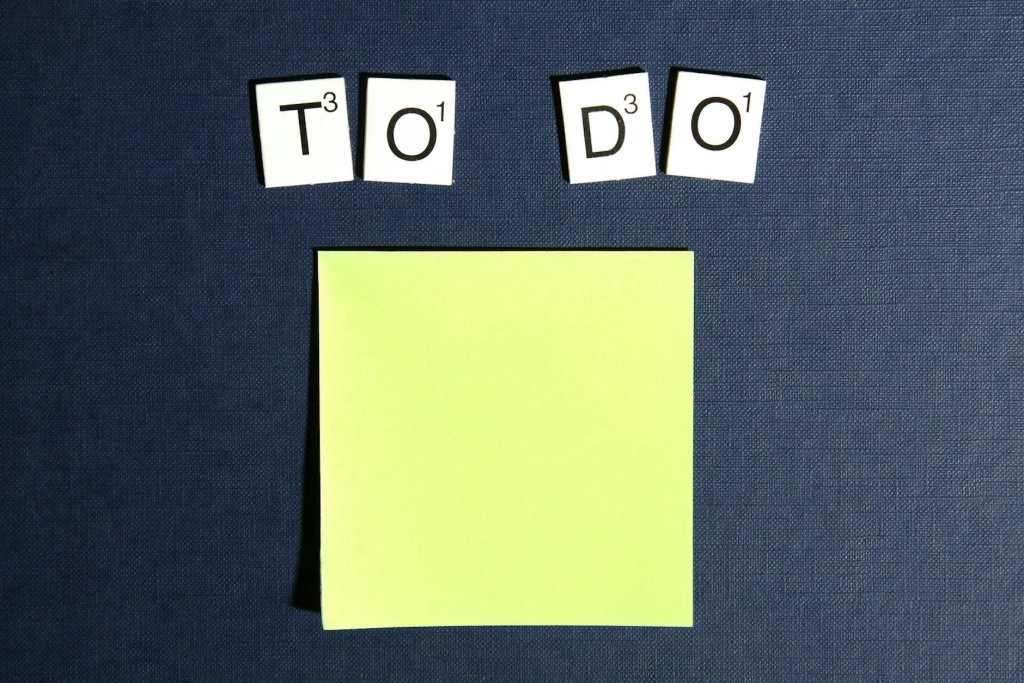
Staying motivated to complete your daily wellness tasks can be challenging, but there are several strategies that can help you stay on track:
- Set clear goals: Clearly define your wellness goals and break them down into smaller, achievable tasks. This will give you a sense of direction and purpose.
- Track your progress: Keep a record of your daily tasks and track your progress. This will help you see how far you’ve come and provide a sense of accomplishment, which can be motivating.
- Find accountability: Share your goals and tasks with a supportive friend, family member, or your nutrition and wellness coach. Having someone to hold you accountable can help you stay motivated and committed.
- Reward yourself: Set up a system of rewards for completing your daily wellness tasks. Treat yourself to something you enjoy after completing a task, such as a relaxing bath, a favorite TV show, or a special treat.
- Visualize success: Take a few moments each day to visualize yourself successfully completing your tasks and achieving your wellness goals. Imagine how you will feel and the benefits you will gain from staying committed.
- Stay positive and focus on the benefits: Remind yourself of the positive impact that completing your daily wellness tasks will have on your overall well-being. Stay focused on the benefits and use them as motivation to stay on track.
- Create a routine: Incorporate your wellness tasks into your daily routine. By making them a habit, they will become easier to complete and less likely to be skipped.
Remember, motivation may fluctuate from time to time. When you experience a dip in motivation, remind yourself of the reasons why you started and the long-term benefits you will gain. Stay consistent and celebrate your progress along the way.









